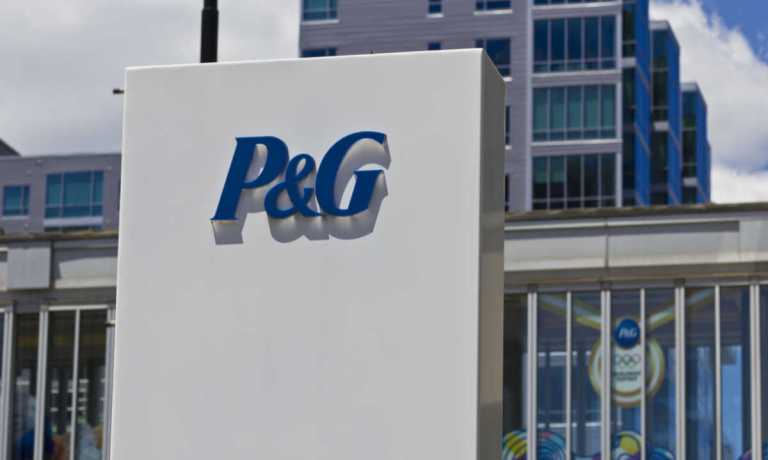
Consumer-packaged goods (CPG) companies are now coming up against many challenges beyond their control, from supply chain challenges to skyrocketing inflation. In this difficult environment, it is all the more important for them to optimize the areas within their control.
To that end, Cincinnati, Ohio-based CPG giant Procter & Gamble, parent company of a wide range of leading hygiene and home care products, among others, is leveraging digital technologies to boost both its internal efficiency and its ability to attract consumers, according to the company’s Chairman, President and CEO Jon Moeller.
“Increasing our digital acumen to drive consumer preference, reduce costs and enable rapid and efficient decision-making, increased digitization of manufacturing lines, more use of AI more use of blockchain are not ends unto themselves,” Moeller said on a call with analysts Friday (July 29) discussing the company’s fourth quarter and fiscal year 2022 financial results. “They are tools we can use to the light consumers and customers at the most reasonable cost possible.”
In fact, digital capabilities prove both an opportunity and a potential risk. In outlining the risks and uncertainties to which the company’s vision of the future is subject, Procter & Gamble cited the possibility that it would not be able to remain “on the leading edge of innovation,” noting that there is the chance that competitors will evolve their digital marketing more quickly and achieve technological advances (and obtain the corresponding patents) first.
Additionally, P&G Chief Financial Officer Andre Schulten noted that more than half of Procter & Gamble’s advertising is via digital channels, a shift that can be beneficial to the company, considering consumers’ increasing preference eCommerce.
Research from this month’s edition of PYMNTS’ ConnectedEconomy™ study, “The ConnectedEconomy™ Monthly Report: The Rise Of The Smart Home,” which draws from a May survey of a census-balanced panel of more than 2,600 U.S. adults, finds that 36% of millennials make digital transactions every single day.
See also: New Data Shows Convenience Drove Smart Home Upgrades for 83M Consumers in 2022
Plus, many consumers buy their CPG products at the brick-and-mortar or virtual grocery store, and online grocery shopping is on the rise. The study found that 4 in 10 consumers had ordered groceries online for home delivery in the previous month, and nearly as many said the same of curbside pickup. Moreover, 16% of consumers reported ordering groceries online via these channels every week.
For all PYMNTS retail coverage, subscribe to the daily Retail Newsletter.